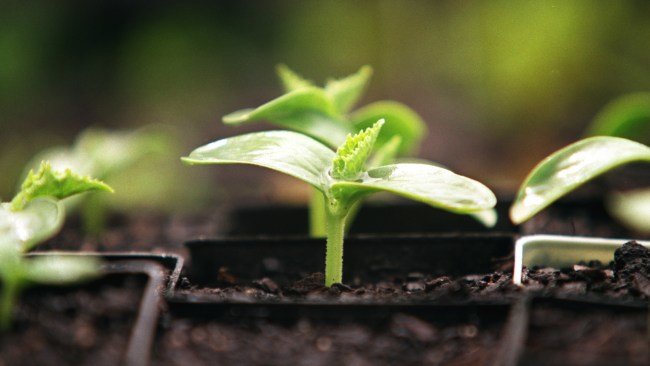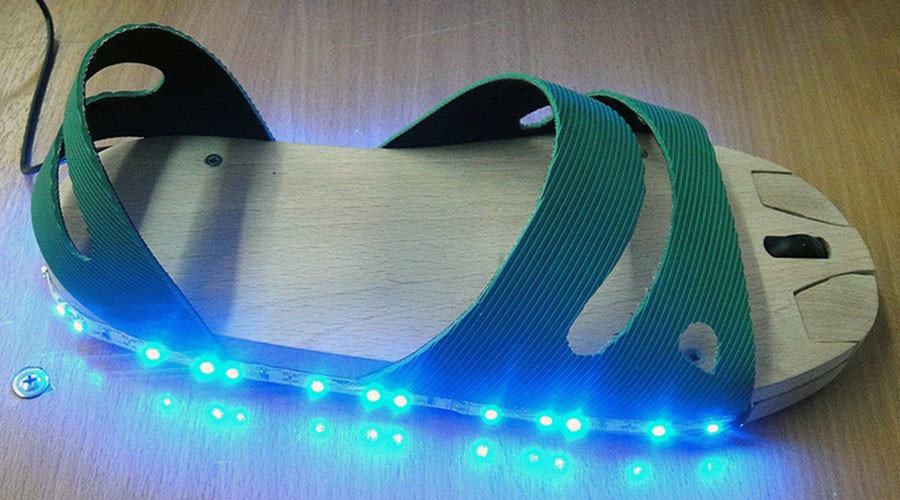
Forget gilded mansions and super yachts. Among the tech elite, space exploration is now the ultimate status symbol.
The explosion could be felt 30 miles away. At 9.07am on 1 September, a SpaceX rocket containing 75,000 gallons of liquid oxygen and rocket-grade kerosene ignited into a fireball that could be seen from orbit, billowing black smoke into the gray sky around its Cape Canaveral launch pad.
On board was a $200m, 12,000lb communications satellite - part of Facebook CEO Mark Zuckerberg's Internet.org project to deliver broadband access to sub-Saharan Africa.
Zuckerberg wrote, with a note of bitterness, on his Facebook page that he was "deeply disappointed to hear that SpaceX's launch failure destroyed our satellite". SpaceX founder Elon Musk told CNN it was the "most difficult and complex failure" the 14-year-old company had ever experienced.
It was also the second dramatic explosion in nine months for SpaceX, following a "rapid unscheduled disassembly" of a booster rocket as it attempted to land after a successful mission to the International Space Station.



Comment: They won't spit it out for you, so allow us: the major increase in meteor fireballs hitting the atmosphere is leaving its mark. Cosmic. The increase in cosmic dust-loading of Earth's atmosphere has climate consequences...
- Scientists find that Meteor Dust Directly Affects the Weather
- Cosmic Climate Change is Underway
- Comet-dust loading of Earth's atmosphere? Nacreous clouds appear over Tierra Del Fuego
- Spectacular Russian rocket launch - more evidence of comet dust loading our atmosphere
- Cosmic Turkey Shoot
For a comprehensive analysis of this dangerous situation see Earth Changes and the Human-Cosmic Connection.